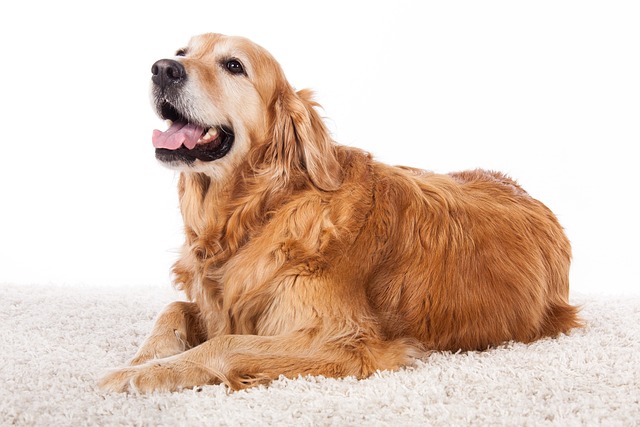
How can I tell if my dog's heatstroke is serious
Let’s be real: It’s a sticky August morning in Los Angeles, and you took your 2-year-old Golden Retriever, Max, for a walk a little later than usual
Dogs can be picky eaters, but when your pup turns up their nose at kibble, it’s natural to wonder if something’s wrong. Occasional refusals might not raise alarms—maybe they’re still full from yesterday’s extra treats, or the weather’s too hot to work up an appetite. My neighbor’s Lab, Max, skips his morning bowl every time there’s a thunderstorm; vets in Colorado say that’s common, as stress can dull a dog’s hunger.
But context matters. A sudden refusal to eat, especially if paired with lethargy or vomiting, is a red flag. Puppies, for example, need consistent nutrition to grow—skipping meals for more than a day could signal parasites or infections, something breeders in the UK are legally required to screen for before selling a pup. Adult dogs might go off food if their kibble is stale, or if they’ve developed a taste for table scraps. Those leftover bits of steak might seem harmless, but in places like California, feeding dogs certain human foods (like onions or grapes) violates animal welfare guidelines due to toxicity risks.
Picky eating can also stem from habit. If you’ve been substituting dog food with home-cooked meals, your pet might hold out for the "good stuff." Try mixing a small amount of wet food into their kibble to entice them, but avoid overdoing it—vets in Australia warn that sudden diet changes can cause digestive upset. Stick to a schedule, too: leave food out for 15-20 minutes, then take it away. Consistency teaches them that mealtime is non-negotiable.
 Health issues often play a role. Dental pain from a broken tooth or gum disease can make chewing painful, so your dog might avoid hard kibble. Senior dogs, especially breeds prone to arthritis, might struggle to reach their bowl—raising it to chest height can help. If refusal lasts more than 48 hours, or if your dog is losing weight, it’s time for a vet visit. Many European countries require annual health checks, which can catch issues like thyroid problems that suppress appetite.
Health issues often play a role. Dental pain from a broken tooth or gum disease can make chewing painful, so your dog might avoid hard kibble. Senior dogs, especially breeds prone to arthritis, might struggle to reach their bowl—raising it to chest height can help. If refusal lasts more than 48 hours, or if your dog is losing weight, it’s time for a vet visit. Many European countries require annual health checks, which can catch issues like thyroid problems that suppress appetite.
Cultural habits matter, too. In some households, free-feeding (leaving food out all day) is common, but it can make it harder to notice when a dog stops eating. Measured meals, as recommended by most US vet associations, let you track intake more closely. Also, check if your dog’s food meets AAFCO or FEDIAF standards—subpar nutrition can lead to disinterest, and in places like Germany, selling non-compliant pet food is illegal.
Trust your instincts. You know your dog’s habits best. A day of turning up their nose at kibble after a big hike? Probably normal. A week of refusing food, plus listlessness? Not so much. With attention to their behavior, quality of food, and regular vet check-ins, you’ll keep their mealtimes healthy and consistent.

Let’s be real: It’s a sticky August morning in Los Angeles, and you took your 2-year-old Golden Retriever, Max, for a walk a little later than usual

You're enjoying a summer afternoon at the park when you notice your dog has stopped panting and appears disoriented - their gums are bright red

Let’s paint the picture: You’re in your Denver apartment, watching your 4-year-old Boston Terrier, Ruby, plop down mid-play session with her favorite toy

Many dog owners notice their pets nails seem shorter after regular walks,but how much does this daily activity actually help?The answer depends on where you walk—concrete sidewalks or asphalt streets gently file nails as a dog's paws hit the ground

Most dog owners notice their pup scooting across the carpet at some point, but few connect it to impacted anal glands. These small sacs near a dog’s rectum secrete a scent for marking territory

Most vets agree that regular dog teeth cleaning is key to avoiding painful dental issues later. For healthy adult dogs, a professional cleaning at the vet’s office every 12 to 18 months usually works well.